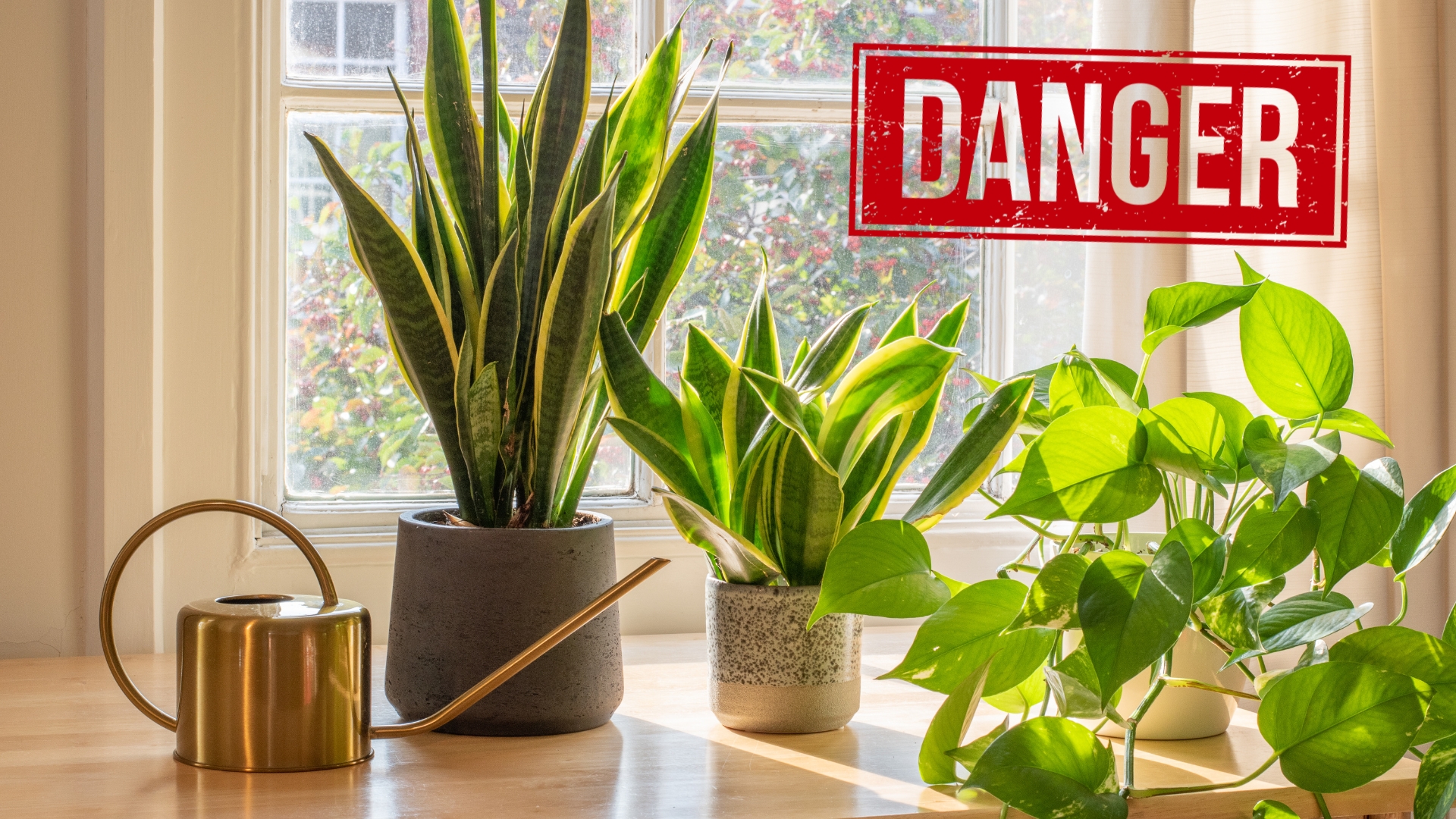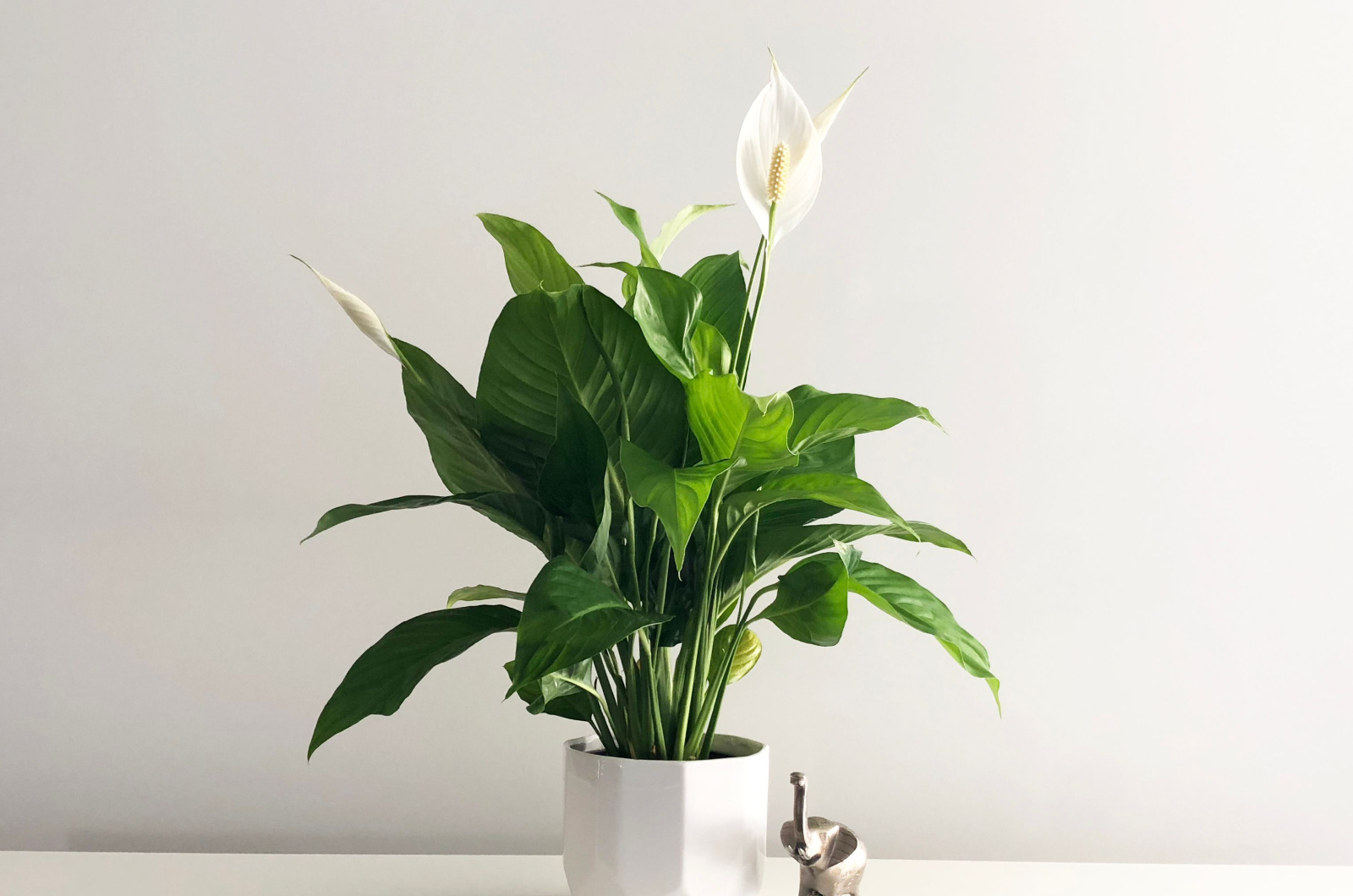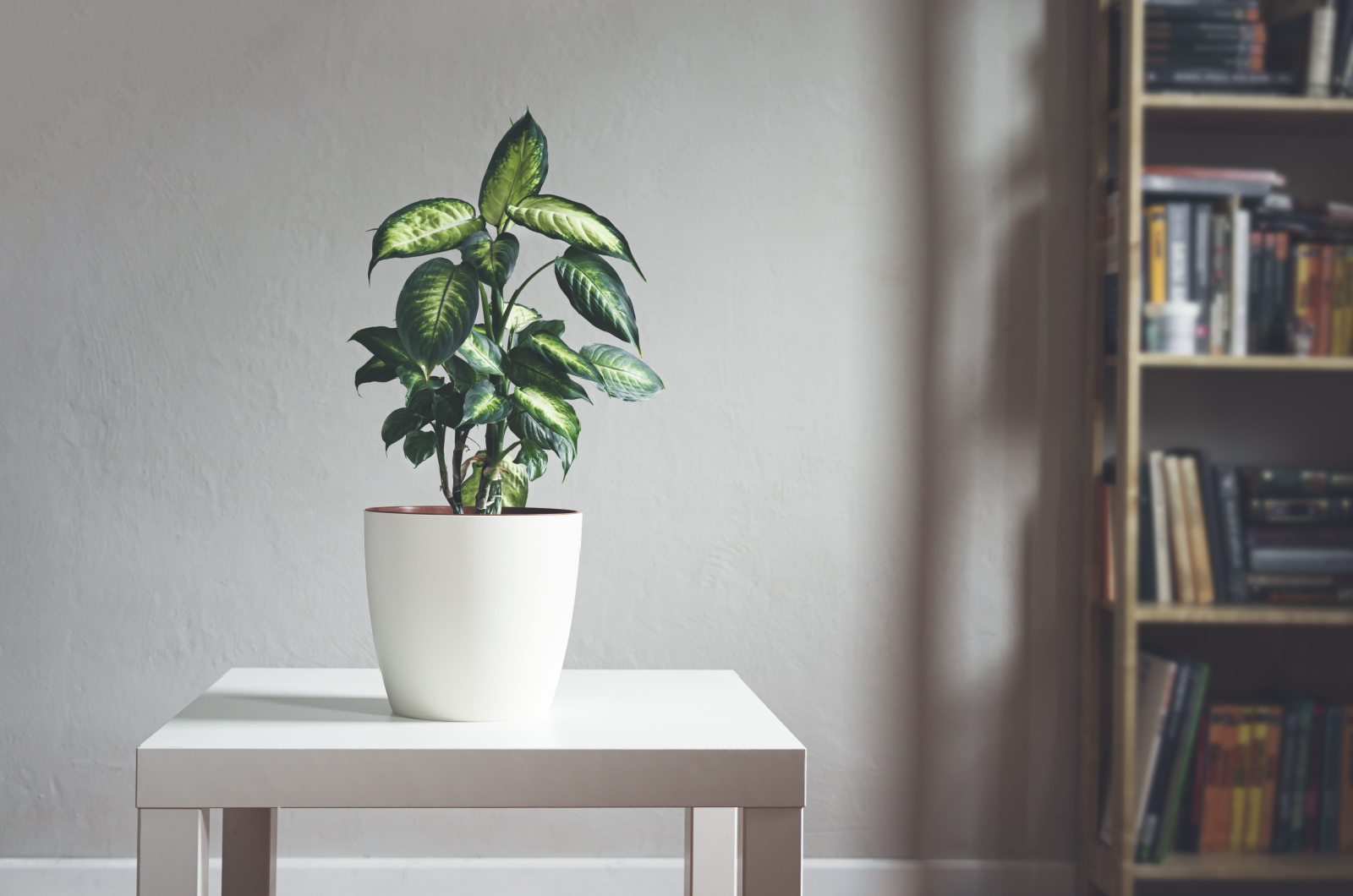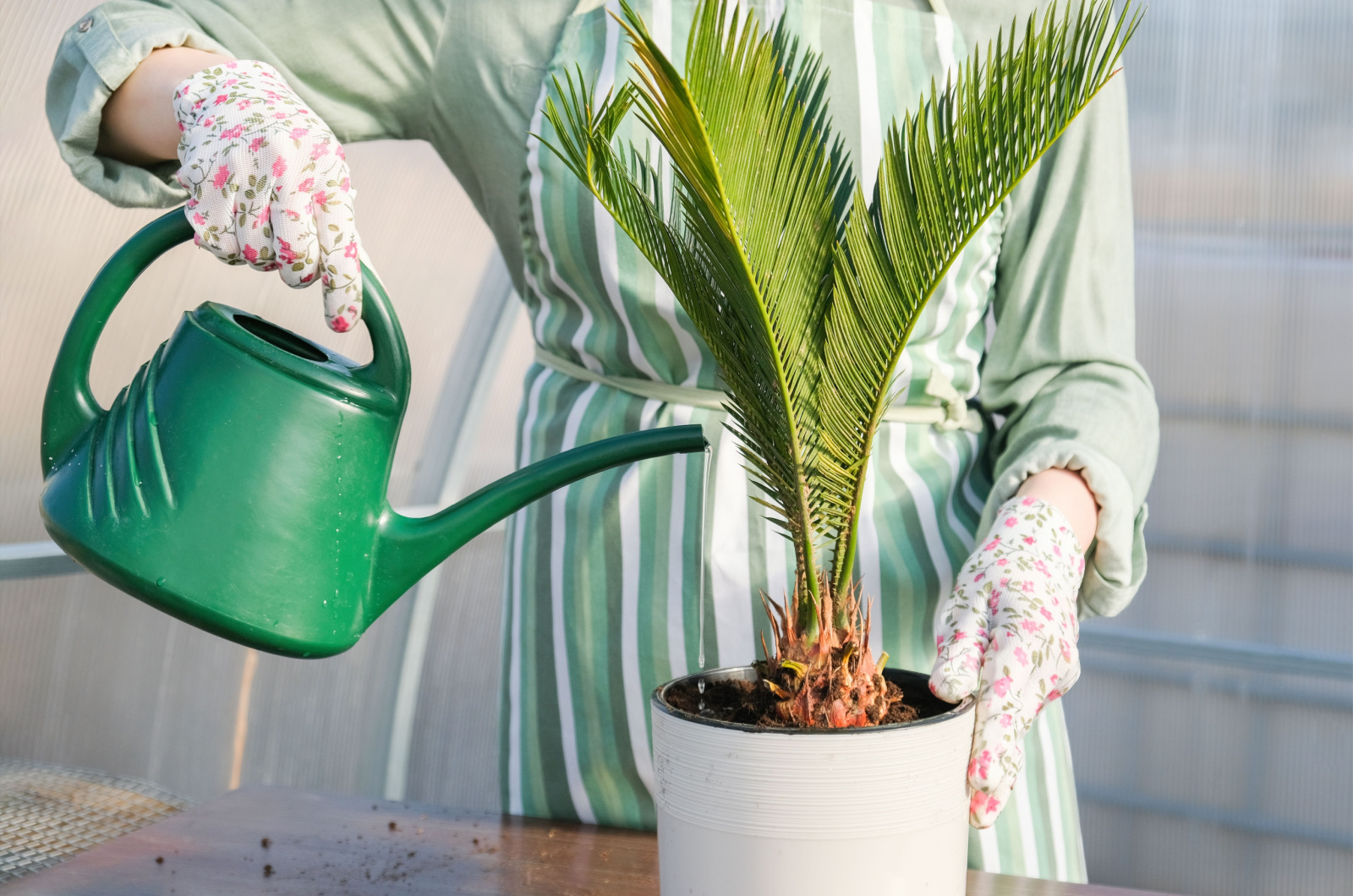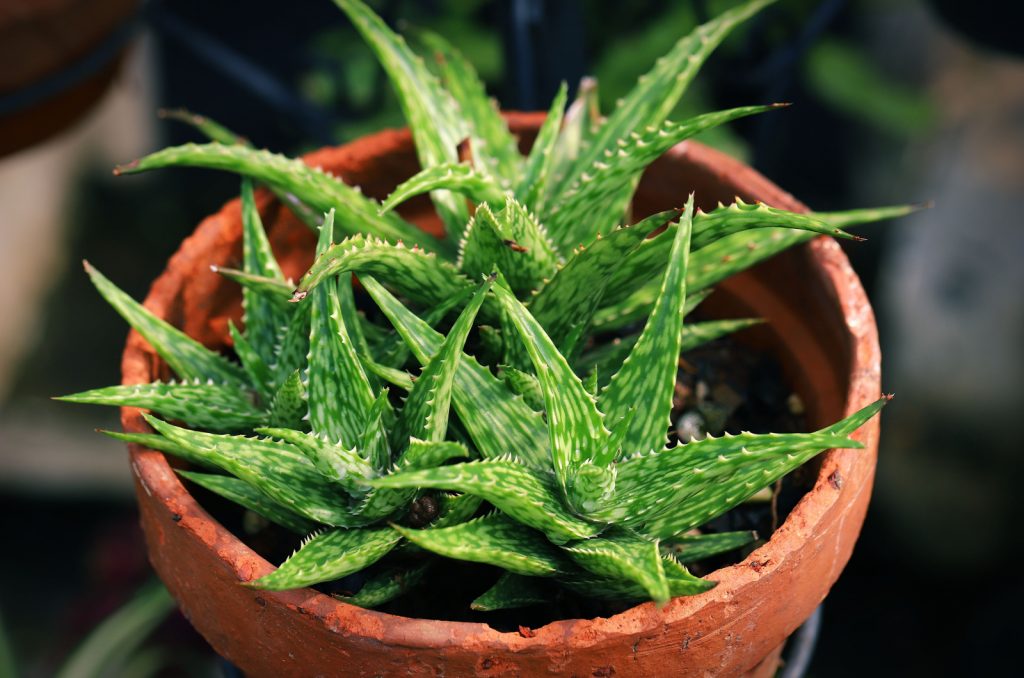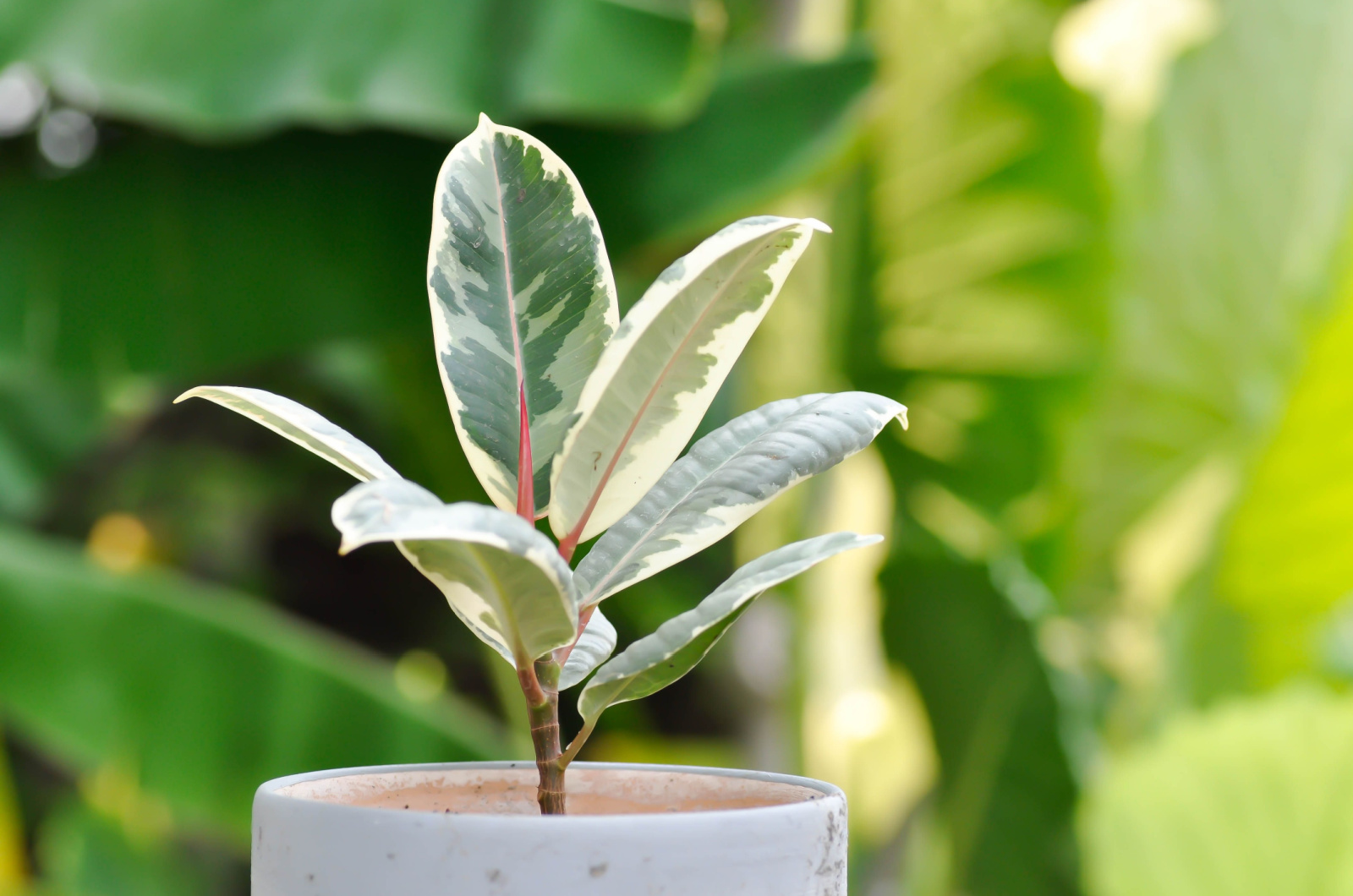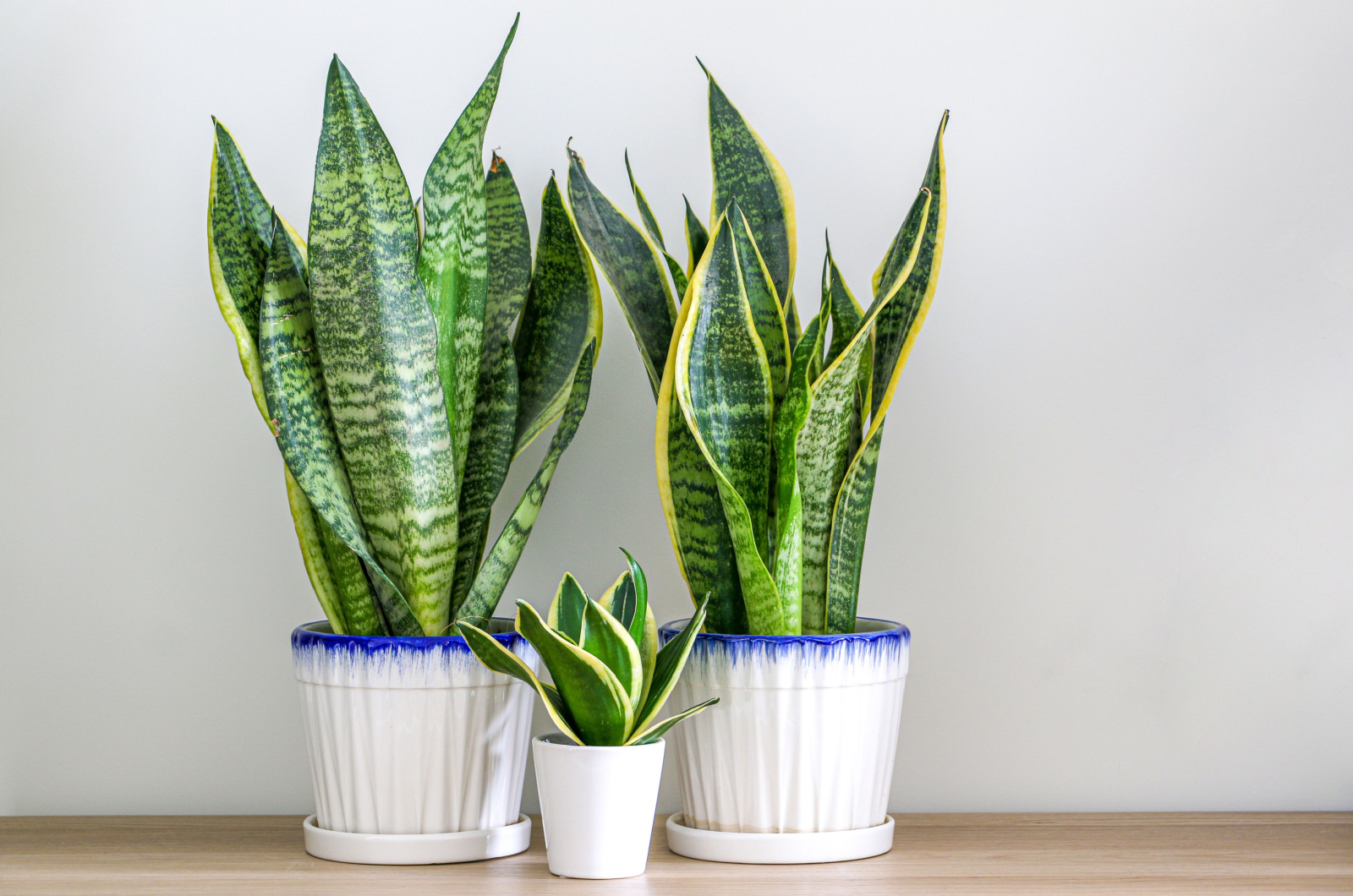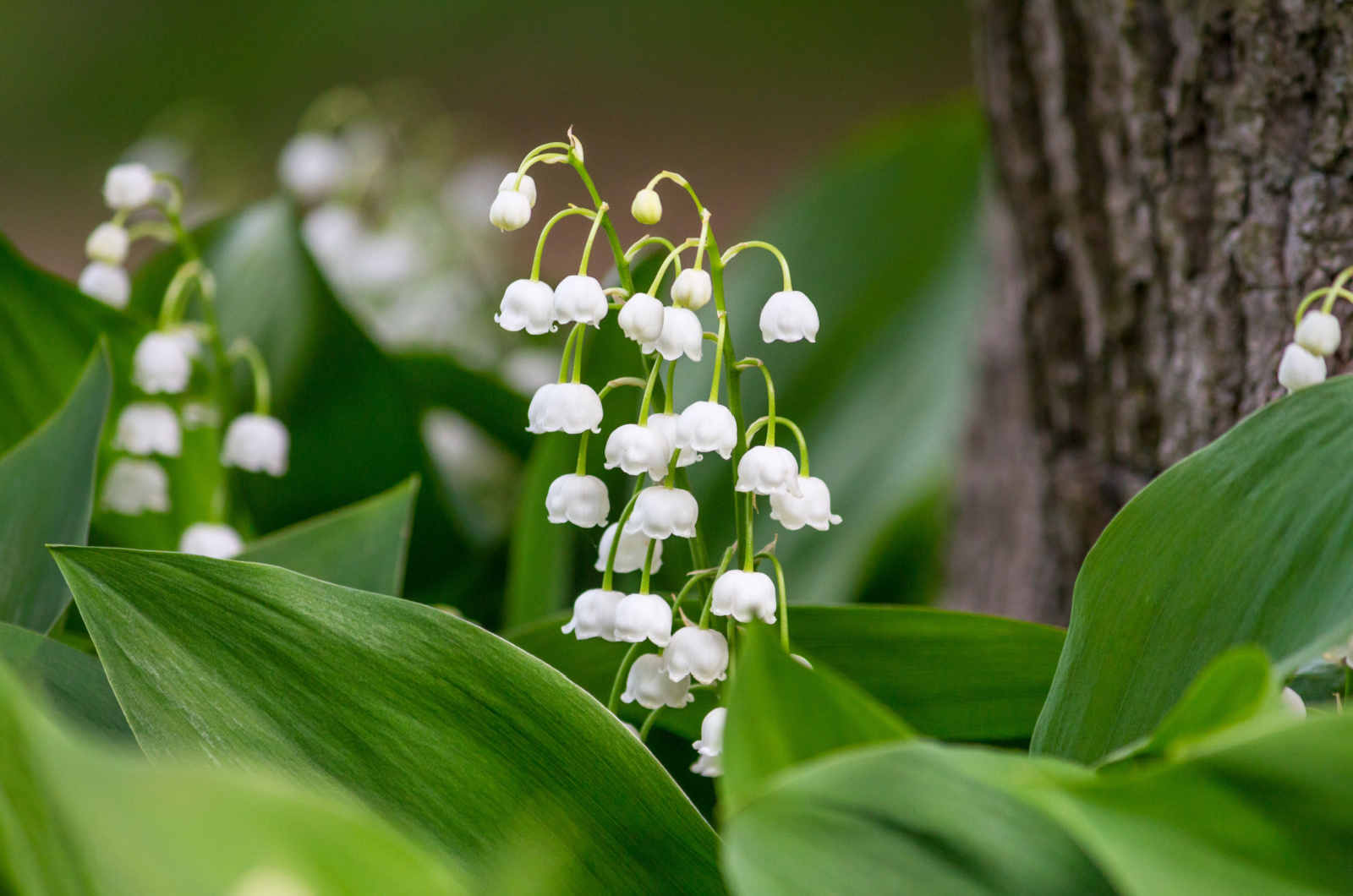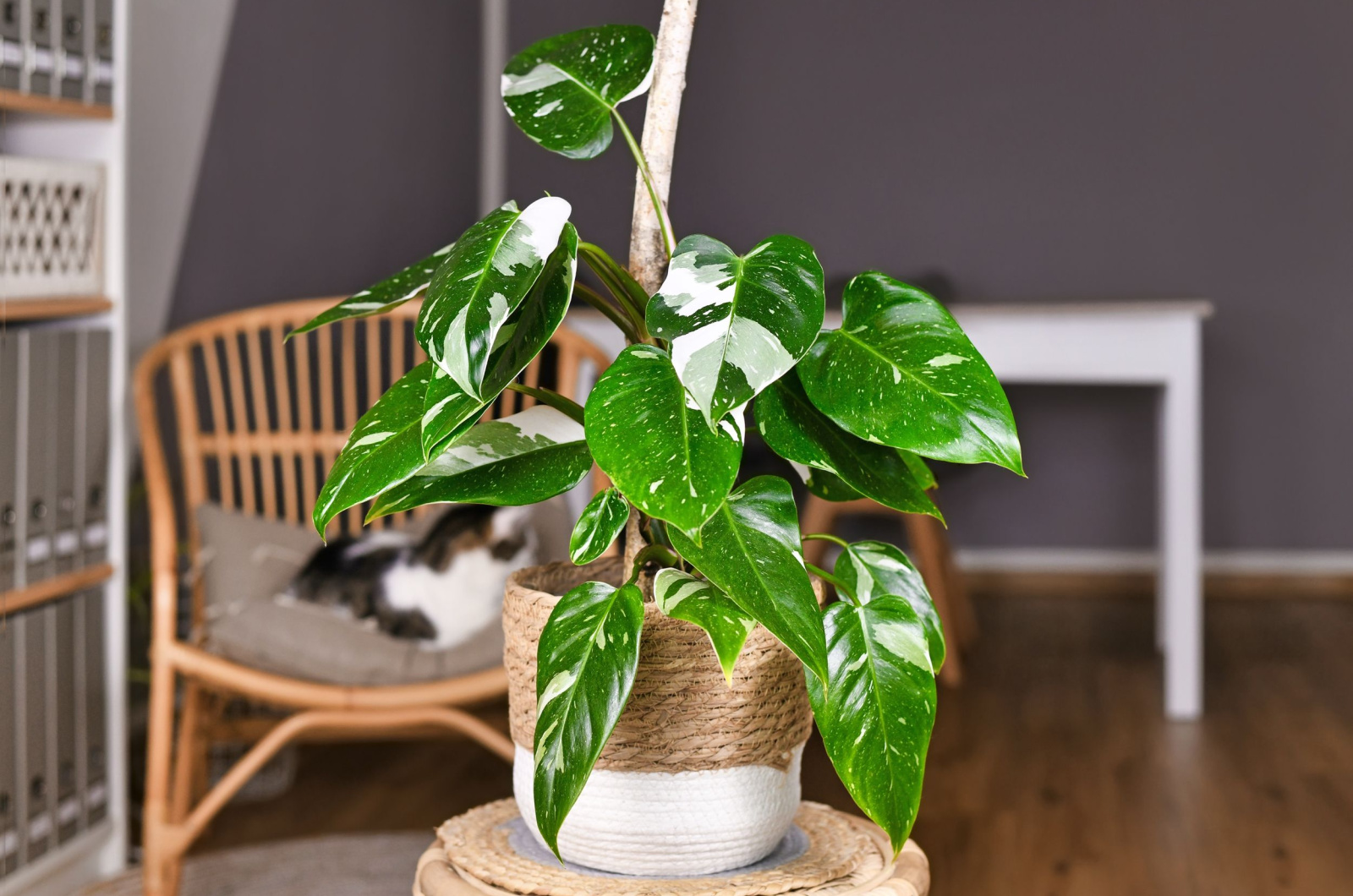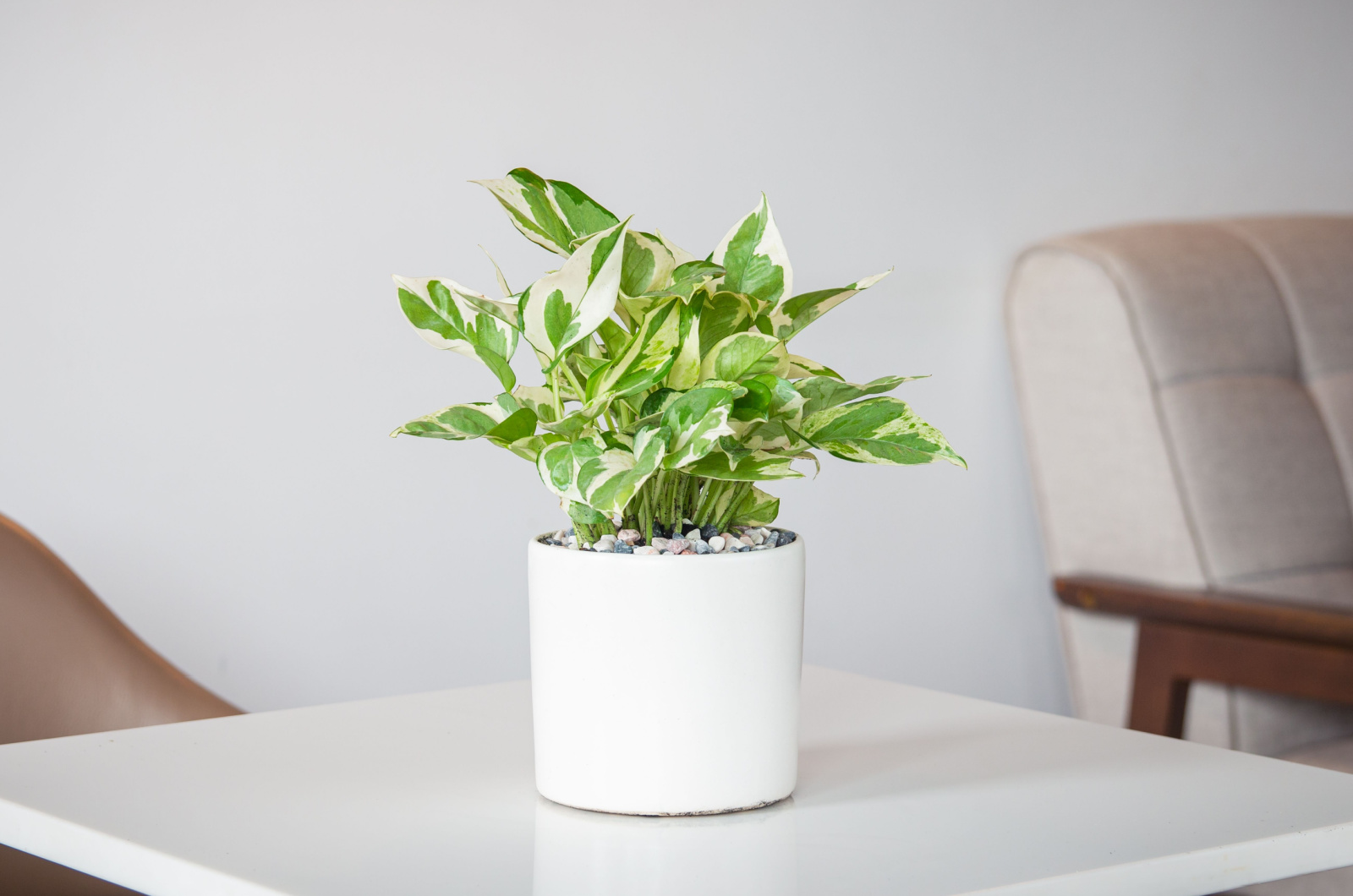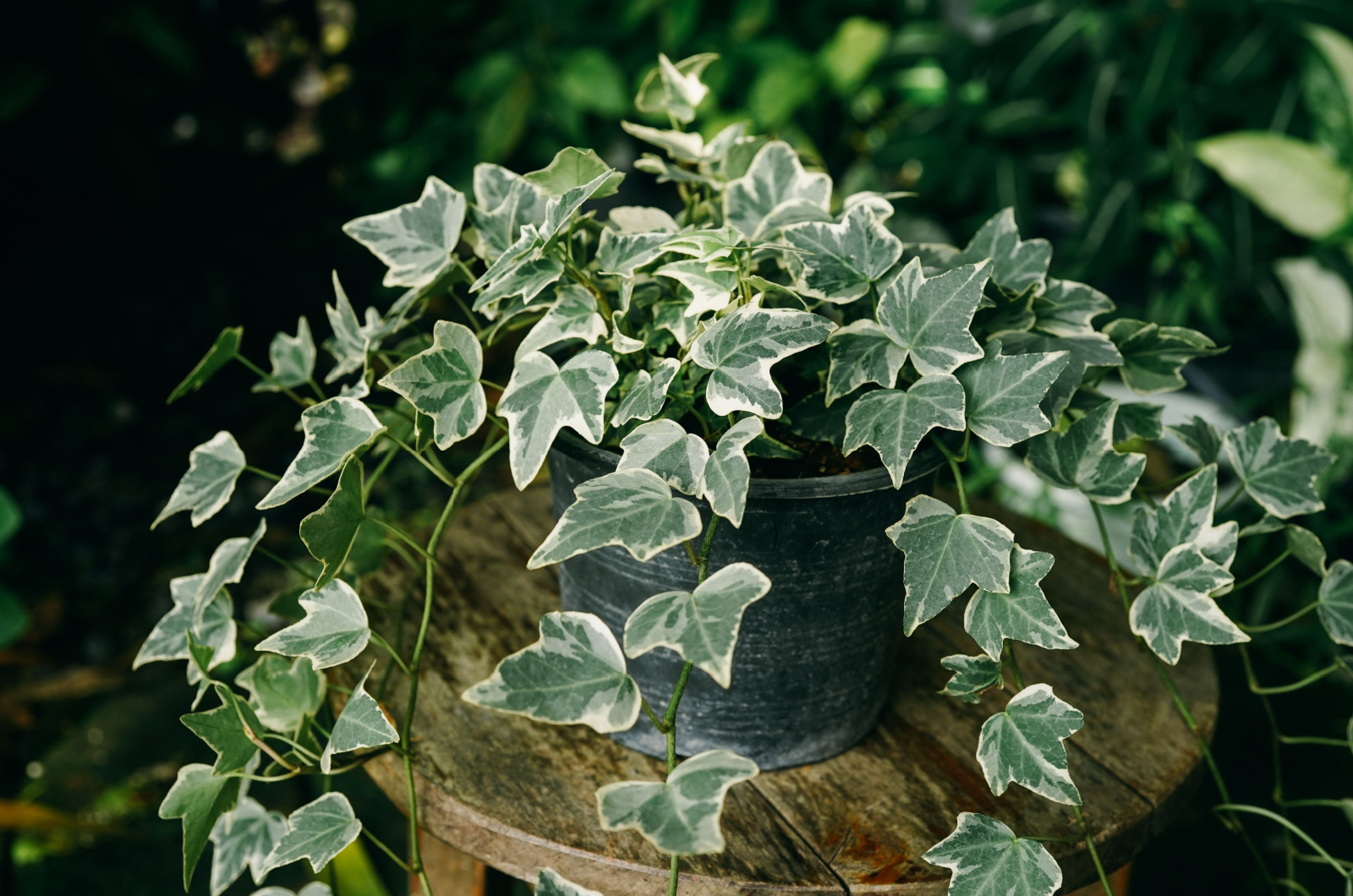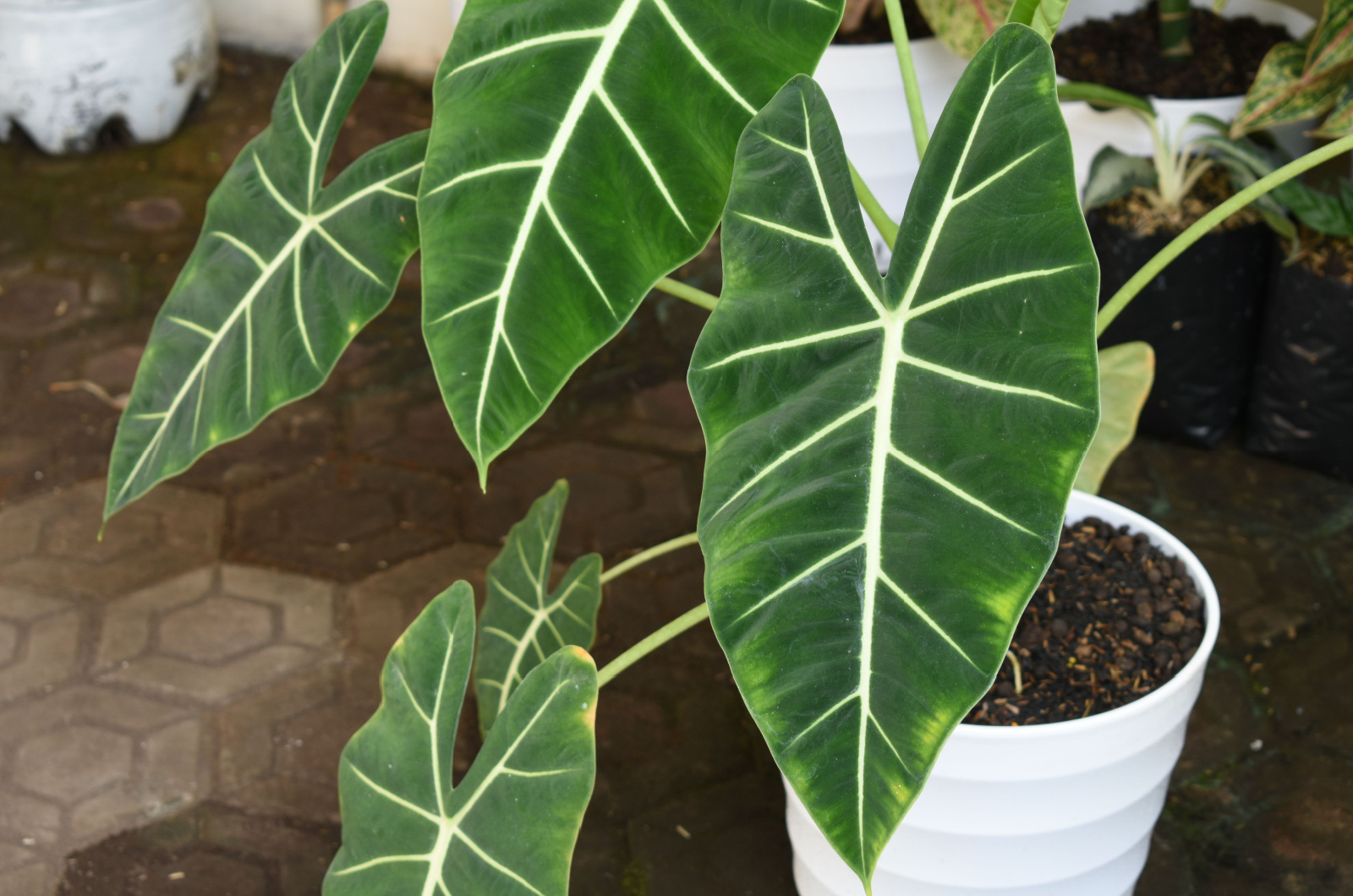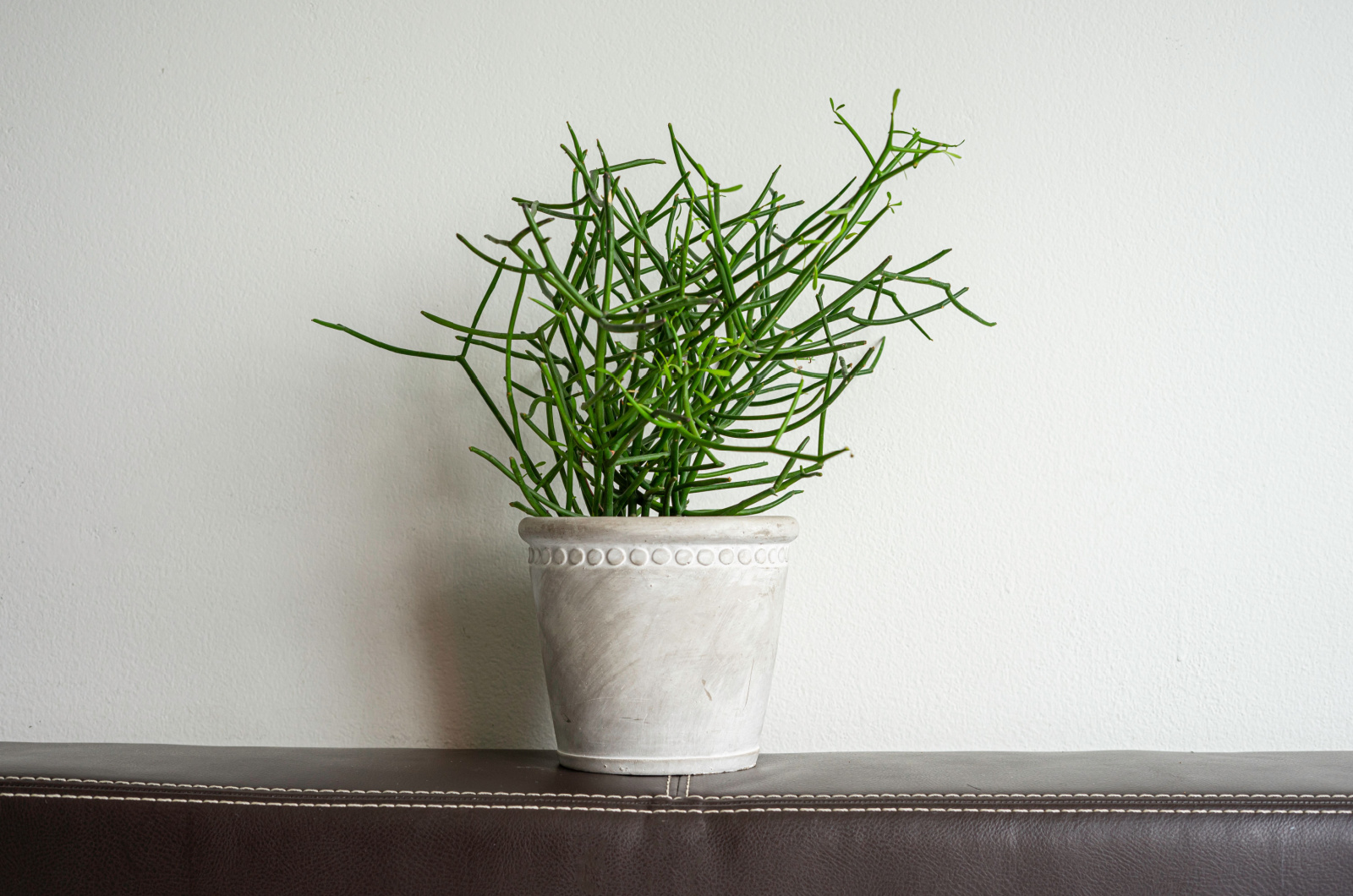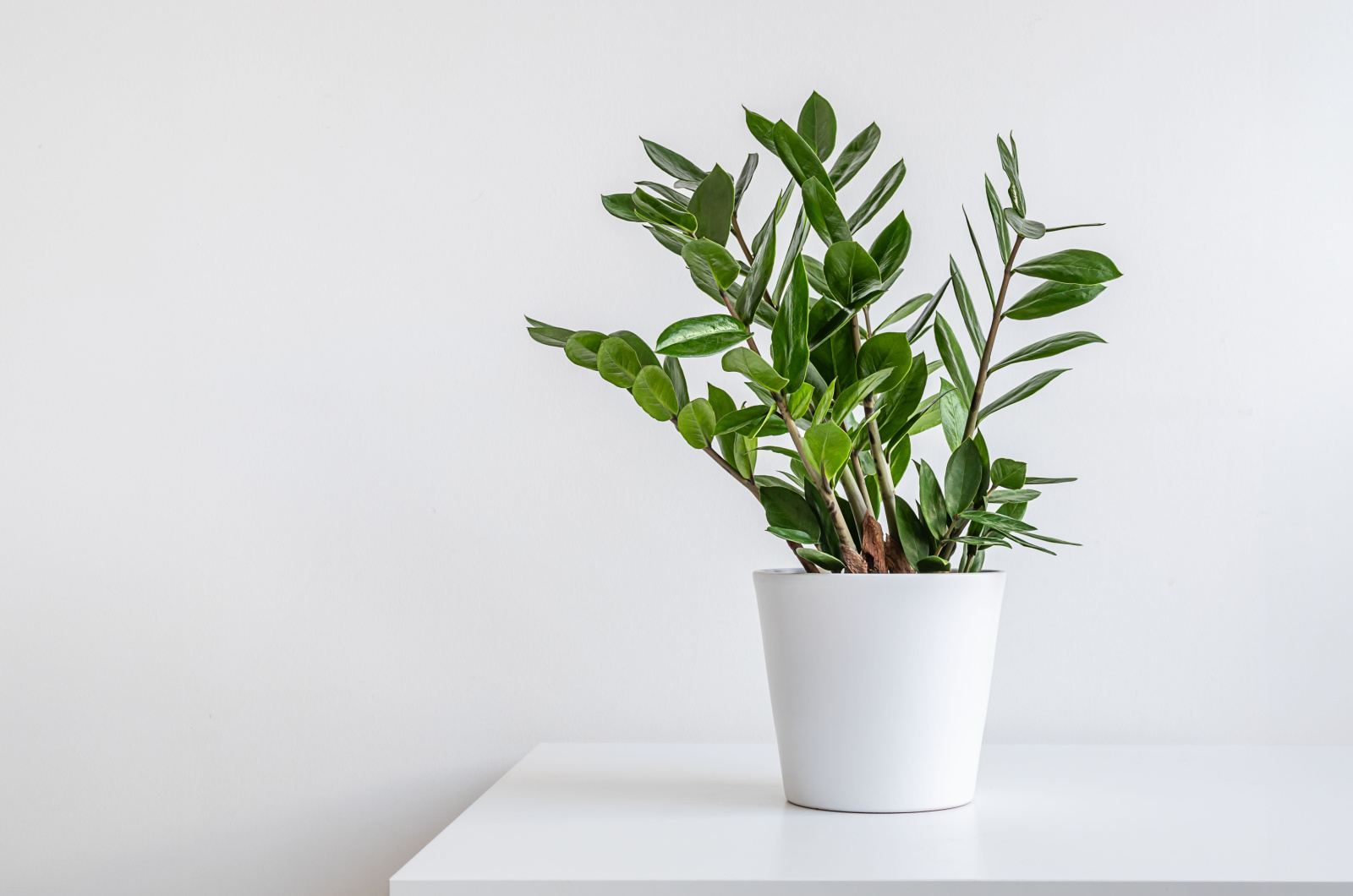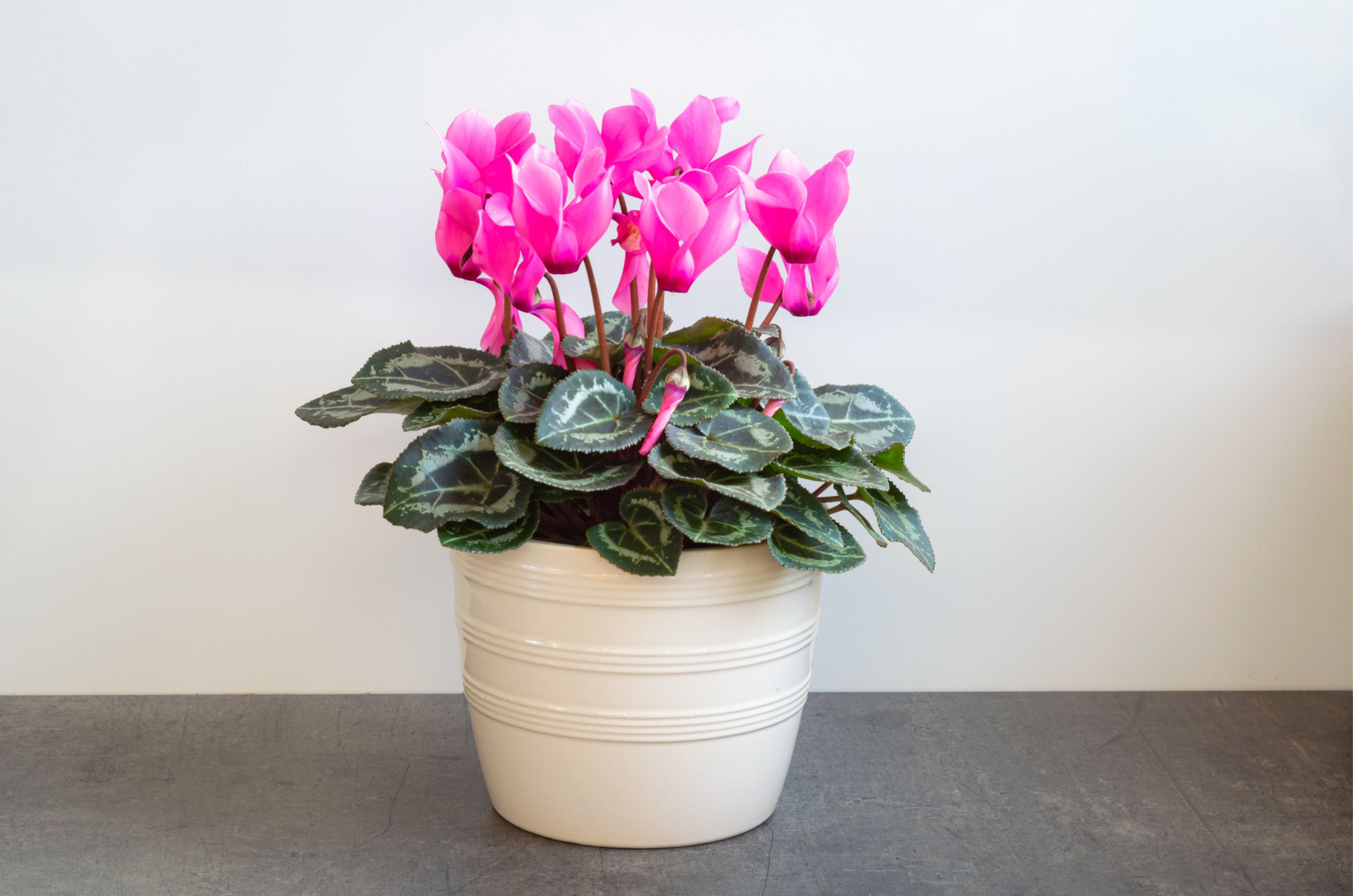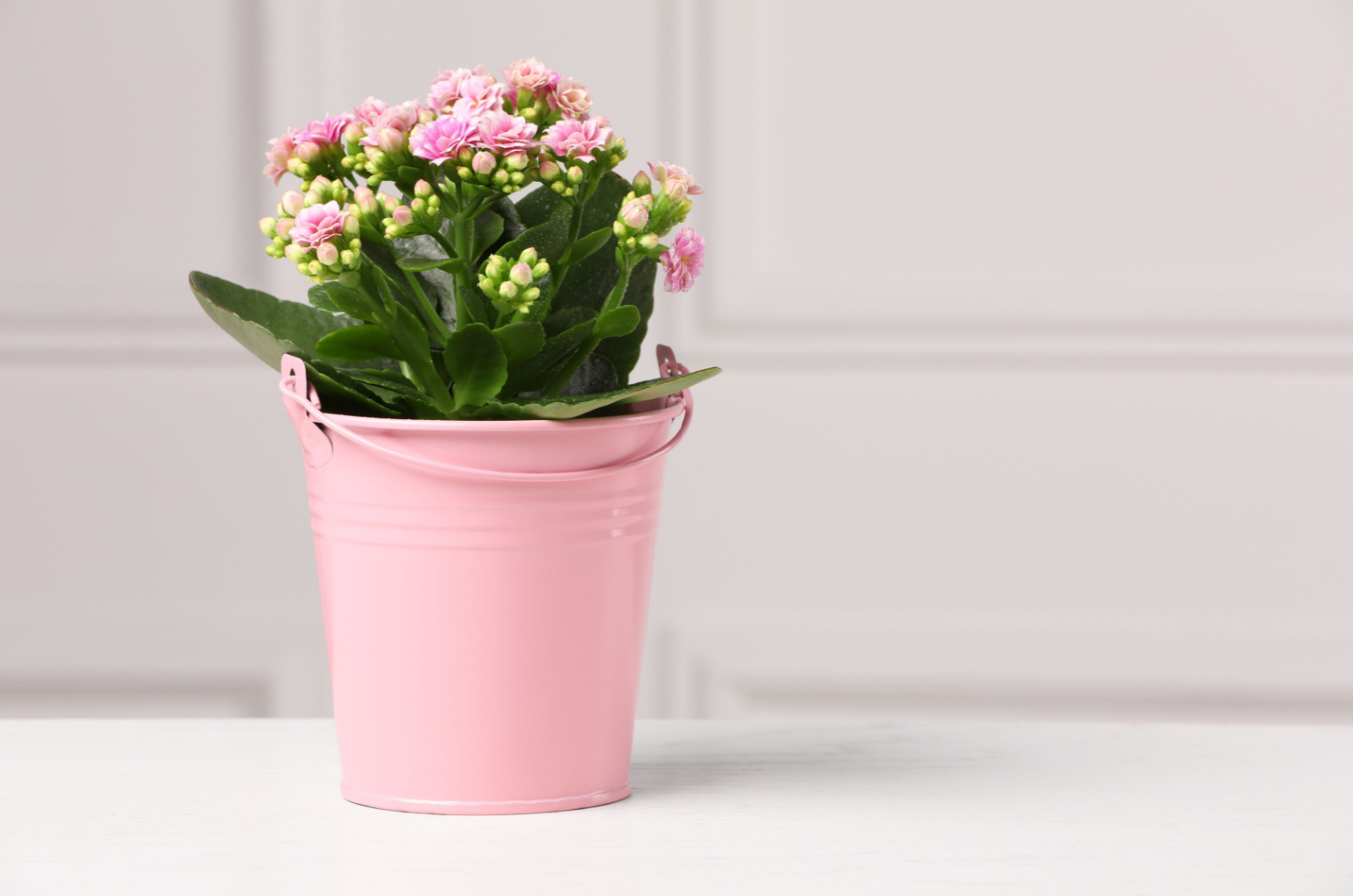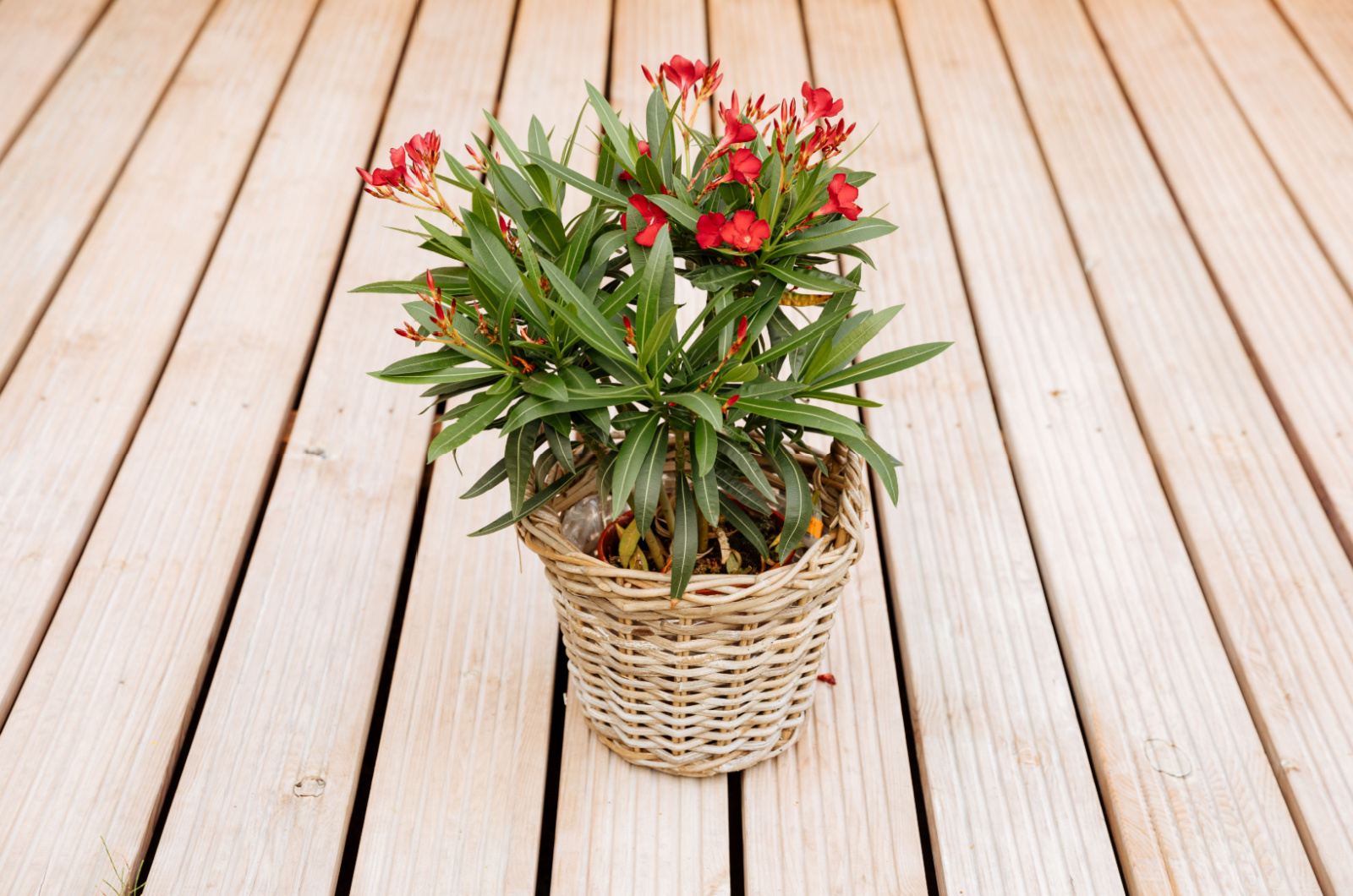Although beautiful, some houseplants can act as hidden dangers in your home!
We often pick houseplants based on their looks and ease-of-maintenance, but we don’t consider the compounds found in them. In most scenarios, they either contain crystals or saponins that can cause health issues if ingested.
I bet that you wouldn’t just go and nibble on your plant’s leaves, but your kids or pets might!
You would be surprised how many popular houseplants are actually risky to grow. In this article, we are going to cover them all and share some tips on how to grow them safely.
1. Peace Lily
Peace was never an option with this plant, even though it’s literally called “Peace lily”!
These gorgeous plants are found in almost every household, but little did you know that they are also toxic and dangerous.
If you accidentally mixed this plant with your spinach, you’d get mouth ulcers, sickness, and difficulty swallowing, so please avoid adding them to your lunch box!
But, what makes Peace lilies extremely toxic?
They contain insoluble calcium oxalates, compounds that are toxic to both humans and pets [1]. So, make sure to keep your Peace lily high up on the shelf and out of kids’ and pets’ reach.
Related: 30 Stunning Peace Lily Varieties + Tips For Growing Them
2. Dumb Cane Plant
Dumb cane can be found on the list of plants that don’t need drainage holes. However, that’s not the only list that they are on – did you know that these low-maintenance plants are actually dangerous?
Like Peace lilies, Dumb cane also contains calcium oxalate crystals. If you munch on these delicious-looking variegated leaves, you’re going to deal with temporary paralysis of the mouth, tongue, throat, and vocal cords.
In case you accidentally rub your eyes with these crystals, then you might be dealing with swelling of the eyelid and temporary vision loss [2].
So, don’t be dumb, and keep your Dumb cane away from your children and pets!
3. Sago Palm
Sago palm is a unique plant that looks absolutely lovely in a pretty porcelain pot, but it comes with a big warning, especially to pets.
The plant contains cycasin that can lead to serious gut problems, seizures, and liver failure if ingested [3]. It is particularly dangerous for dogs because the symptoms come on super quick, leading to serious problems if not treated properly.
4. Aloe Vera
Although Aloe vera is known for its healing properties, you might still get some poisoning if the gel is not extracted properly.
You can’t just chop it off and eat it like candy – it needs to be prepared the right way. Otherwise, you would be spending a lot of your time in the bathroom because unprepared Aloe acts like a laxative!
The Aloe gel is fine but the yellow latex layer underneath is not. It contains a compound called aloin which can leave you feeling empty [4]. So, you’ll need to wash this off thoroughly and not let your kids or pets munch on the leaves – just imagine the mess!
Related: How To Make And Use Aloe Vera Foliar Spray To Nurture Your Plants
5. Rubber Plant
Have you ever pruned a Rubber plant or Ficus elastica and noticed white sticky sap that ends up going everywhere in the house?
It is really not pleasant, especially because this stuff is pretty toxic. It contains ficusin and can cause significant irritation to your skin, so it’s best to wear gloves when pruning your ficus [5].
But you should also avoid eating this white stuff because it might upset your stomach.
6. Snake Plant
Snake plants are popular houseplants thanks to their sword-like leaves, low-maintenance, and ability to improve indoor air quality. However, there’s a bad side of this plant – it is mildly toxic.
Snake plants contain saponins, a toxic compound that acts as a laxative if ingested [6]. Make sure to keep these plants far away from your pets and kids!
Related: Is A Snake Plant Oxygen Supplier? NASA Research Claims So
7. Lily Of The Valley
Although beautiful, Lily of the Valley is highly toxic because it contains cardiac glycosides that can cause nausea, vomiting, and even major problems like a slowing heart rate [7]. So, keep it away from anything with a pulse!
8. Philodendron
Philodendrons are also one of the most commonly grown houseplants that contain calcium oxalate crystals [8]. Although they look good enough to eat with their gorgeous colors and soft leaves, you really shouldn’t!
Just like the rest of the plants with these compounds, it might cause a burning sensation in your mouth and stomach and difficulty swallowing. Keep your forks and knives away from philodendrons!
9. Pothos
Pothos, otherwise known as the Devil’s ivy, is a delightful plant which children commonly nibble on. The clue is in the name – this little devil also contains calcium oxalate crystals that lead to burning sensations and swelling [9].
But if you absolutely adore pothos, here’s 19 Different Types Of Pothos That Are Simply Breathtaking
10. English Ivy
This is a popular plant for both indoor and outdoor gardens. However, many gardeners don’t know that this plant is seriously dangerous.
It contains triterpenoid saponins, compounds that act as laxatives if ingested [10]. Besides toxicity, English ivy is known for its relatively aggressive nature. It can spread all over your garden, thus suffocating your other plants.
11. Alocasia
These beautiful plants have gigantic leaves and make a good statement plant indoors. However, alocasias also contain oxalates that can cause similar issues as the rest of the plants: burning sensation, swelling, diarrhea, nausea, and vomiting [11].
12. Euphorbia
Crown of Thorns, also known as Euphorbia, are succulent plants that produce a latex sap that can cause skin irritation. Eating the sap (as if you would) can also make you sick [12]. This plant looks scary, so I’m sure no one will try to eat it, but put it away just to be extra safe!
13. ZZ Plant
The ZZ plant is another popular houseplant known for its low-maintenance and ability to adapt to different light conditions. Unfortunately, this plant also contains calcium oxalate crystals that cause a series of issues just like the rest of them!
Don’t think those things in the soil are potatoes – they are giant rhizomes that shouldn’t be eaten.
Related: What A ZZ Plant Bulb Is And The Best Ways To Use It
14. Cyclamen
Cyclamen are beautiful flowering plants that contain cycline, which can be highly toxic and, in severe cases, even fatal [14]. They’re not to be messed with and best avoided in both the house and the garden.
15. Kalanchoe
You see these little guys all over garden centers as winter rolls in and folks look for a bit of color to brighten their homes. Little do they know that these plants are harmful if ingested.
This is because Kalanchoe contains bufadienolide that can cause heart problems and stomach issues [15]. Immediately go to the doctor or vet if someone in your family munches on Kalanchoe!
16. Oleander
This is the king of all toxic plants out there!
Ingesting any part of this plant can lead to heart irregularities and even small amounts of it can be lethal [16]. This plant tends to be grown outside as a shrub, but it is also a popular indoor plant.
Although gorgeous, Oleander is extremely toxic and should be kept far away from pets and children.
Related: Are Monsteras Toxic To Dogs? All The Answers And More
References
1. Peace Lily. American College Veterinary Pharmacist.
2. Poisonous Plants – Dieffenbachia Seguine. Forest Service: Caring For the Land and Serving People.
3. Sago Palm. Science Direct.
4. Aloin. Science Direct.
5. Rubber Plant. Kansas Poison Center.
6. 7 Benefits of Keeping Snake Plants In Your Home. Healthline.
7. Lily of the Valley. Science Direct.
8. Are philodendrons poisonous? Iowa State University.
9. Pothos. Queensland Government.
10. Hedera Helix. Science Direct.
11. Are Plants in the Alocasia Genus Poisonous? Poison Control.
12. Keratouveitis caused by Euphorbia plant sap. National Center for Biotechnology Information.
13. Zanzibar gem. Queensland Government.
14. Cyclamen. Science Direct.
15. Bufadienolides of Kalanchoe species: an overview of chemical structure, biological activity and prospects for pharmacological use. National Center for Biotechnology Information.
16. Nerium Oleander. Science Direct.

